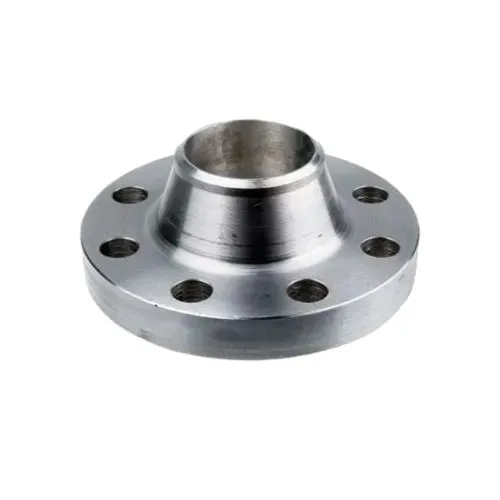-
Cangzhou Yulong Steel Co., Ltd.
-
Phone:
+86 13303177267 -
Email:
admin@ylsteelfittings.com
- English
- Arabic
- Italian
- Spanish
- Portuguese
- German
- kazakh
- Persian
- Greek
- French
- Russian
- Polish
- Thai
- Indonesian
- Vietnamese
- Zulu
- Korean
- Uzbek
- Hindi
- Serbian
- Malay
- Ukrainian
- Gujarati
- Haitian Creole
- hausa
- hawaiian
- Hebrew
- Miao
- Hungarian
- Icelandic
- igbo
- irish
- Japanese
- Javanese
- Kannada
- Khmer
- Rwandese
- Afrikaans
- Albanian
- Amharic
- Armenian
- Azerbaijani
- Basque
- Belarusian
- Bengali
- Bosnian
- Bulgarian
- Catalan
- Cebuano
- China
- China (Taiwan)
- Corsican
- Croatian
- Czech
- Danish
- Esperanto
- Estonian
- Finnish
- Frisian
- Galician
- Georgian
- Kurdish
- Kyrgyz
- Lao
- Latin
- Latvian
- Lithuanian
- Luxembourgish
- Macedonian
- Malgashi
- Malayalam
- Maltese
- Maori
- Marathi
- Mongolian
- Myanmar
- Nepali
- Norwegian
- Norwegian
- Occitan
- Pashto
- Dutch
- Punjabi
- Romanian
- Samoan
- Scottish Gaelic
- Sesotho
- Shona
- Sindhi
- Sinhala
- Slovak
- Slovenian
- Somali
- Sundanese
- Swahili
- Swedish
- Tagalog
- Tajik
- Tamil
- Tatar
- Telugu
- Turkish
- Turkmen
- Urdu
- Uighur
- Welsh
- Bantu
- Yiddish
- Yoruba

Nov . 04, 2024 18:56 Back to list
pipe clamps
Understanding Pipe Clamps Essential Tools for Pipe Management
Pipe clamps are indispensable hardware devices that play a crucial role in the construction and maintenance of piping systems across various industries. Whether in plumbing, HVAC, or industrial applications, pipe clamps offer a reliable solution for securing and supporting pipes, ensuring the integrity and efficiency of fluid transportation systems.
At their core, pipe clamps are designed to hold pipes firmly in place to prevent movement, which can lead to leaks or system failures. They come in a wide range of sizes, materials, and designs, tailored to suit different types of pipes and applications. Common materials for pipe clamps include stainless steel, plastic, and galvanized steel, each offering unique benefits. For instance, stainless steel provides excellent corrosion resistance, making it suitable for outdoor or wet environments, while plastic clamps are often lighter and more cost-effective for light-duty applications.
One of the primary functions of pipe clamps is to provide support to horizontal and vertical pipes
. They can be fixed to walls, ceilings, or floors, ensuring that pipes remain stable, thus minimizing the risk of stress on joints and connections. Proper use of pipe clamps is critical to maintaining the longevity of piping systems, as inadequate support can lead to sagging, bending, and eventual failure over time.pipe clamps

In addition to structural support, pipe clamps also play a pivotal role in vibration reduction. Pipes, especially those carrying fluids at high velocities or under pressure, can generate significant vibrations. Over time, these vibrations can loosen connections and create leaks. Pipe clamps help mitigate this issue by securing pipes tightly and absorbing some of the vibrations, enhancing the overall reliability of the system.
When selecting pipe clamps, it is essential to consider the specific requirements of the application. Factors such as the diameter of the pipe, the type of fluid being transported, and environmental conditions should all influence the choice of clamp. Proper installation is equally important; clamps must be positioned correctly and tightened to the manufacturer's specifications to ensure optimal performance.
In conclusion, pipe clamps are not merely a convenience but a necessity in the management of piping systems. Their ability to provide support, reduce vibrations, and prevent leakage underscores their importance across various sectors. Whether for residential or industrial applications, understanding the significance of pipe clamps can enhance both efficiency and safety in fluid transport systems. As technologies advance, we can expect further innovations in the design and materials of pipe clamps, continuing to support the evolving needs of industries worldwide.
Latest news
-
ANSI 150P SS304 SO FLANGE
NewsFeb.14,2025
-
ASTM A333GR6 STEEL PIPE
NewsJan.20,2025
-
ANSI B16.5 WELDING NECK FLANGE
NewsJan.15,2026
-
ANSI B16.5 SLIP-ON FLANGE
NewsApr.19,2024
-
SABS 1123 FLANGE
NewsJan.15,2025
-
DIN86044 PLATE FLANGE
NewsApr.19,2024
-
DIN2527 BLIND FLANGE
NewsApr.12,2024
-
JIS B2311 Butt-Welding Fittings LR/SR 45°/90° /180°Seamless/Weld
NewsApr.23,2024











